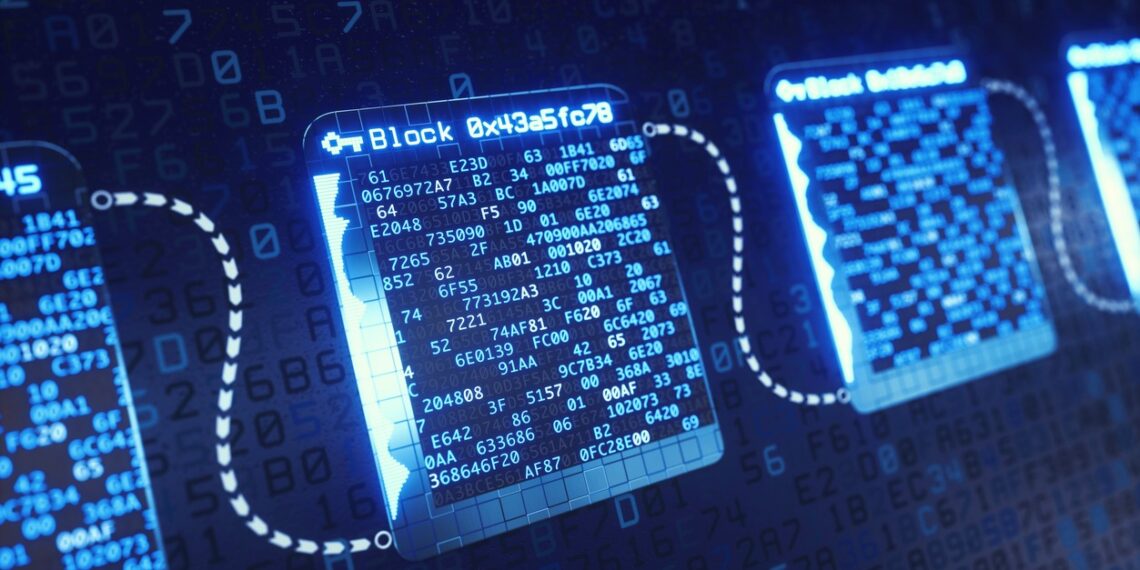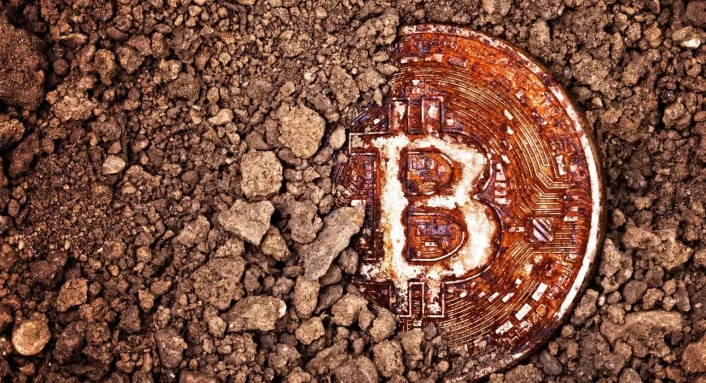Computing Blockchains
Old Vs New
Cryptographic currencies (crypto coins) are created and exist within a blockchain. The original is of course Bitcoin. While it was the first, it is far from the best blockchain when it comes to utility. Take Ethereum (Ether) for example. It can run computations (smart contracts) on chain. This was a game changer.
Computing blockchains like Ethereum and Cardano (among others) work as a distributed computer called a state machine. This machine state, which all nodes on the blockchain keep a copy of, stores smart contract code that executes the contract. Contracts can be set up to do a variety of things from paying royalties to NFT artist, to voting in Distributed Autonomous Organizations (DAOs), and much more. Computing blockchains can do all that distributed ledger only blockchains can do, and a lot more.

Distributed Ledger (only) Blockchains
Bitcoin is the OG distributed ledger blockchain that primarily tracks which wallet Bitcoin is in. It manages the creation of Bitcoin and where they are. The ledger contains the list of all the transactions from all the bitcoin wallets which is visible to anyone wanting to look. It is distributed because every node is a copy of the same list, or ledger. That's about it.
⇜ Versus ⇝

Computing Blockchains
Ethereum is the OG computing blockchain. Programs can operate on the Ethereum blockchain. It is not just a currency. It is a distributed ledger and a highly distributed world computer. A computer that has a massively distributed structure with over 5,000 nodes all over the world. Ethereum took Bitcoin to a totally new level - and there's no looking back.
Cardano (ADA)
 Cardano is a computing blockchain, similar to Ethereum, but newer and arguably better in its framework and development. For one, Cardano doesn't require dedicated computers to maintain the blockchain and 'mine' ETH coins. Instead, any computer can act as a node that generates Cardano's coin (ADA) through proof-of-stake which doesn’t require more electricity than a basic computer. Cardano development is based on peer-reviewed scientific research by world-class experts. If you haven't heard of Cardano, there is a large community pushing it forward in an attempt to eclipse Ethereum. Cardano has massive potential.
Cardano is a computing blockchain, similar to Ethereum, but newer and arguably better in its framework and development. For one, Cardano doesn't require dedicated computers to maintain the blockchain and 'mine' ETH coins. Instead, any computer can act as a node that generates Cardano's coin (ADA) through proof-of-stake which doesn’t require more electricity than a basic computer. Cardano development is based on peer-reviewed scientific research by world-class experts. If you haven't heard of Cardano, there is a large community pushing it forward in an attempt to eclipse Ethereum. Cardano has massive potential.
PS: That is a Cardano NFT in the upper left.
Ethereum (ETH)
 Ethereum is the 800-pound gorilla in computing blockchains. And for good reason. It broke the mold crypto's original use of just storing and transporting value in seconds.
Ethereum is the 800-pound gorilla in computing blockchains. And for good reason. It broke the mold crypto's original use of just storing and transporting value in seconds.

The Cult of Bitcoin
Bitcoin has solidified its place in the history books. It has name recognition and momentum in the crypto space. But its utility is being eclipsed by computing blockchains. Unless the Bitcoin network evolves to be able to handle smart contracts and tokenization, it will remain a distributed ledger only blockchain. This is the first section of this website for a reason. Computing blockchains are the focus, not Bitcoin and other non-computing blockchains. Sorry Bitcoin, we're moving on.